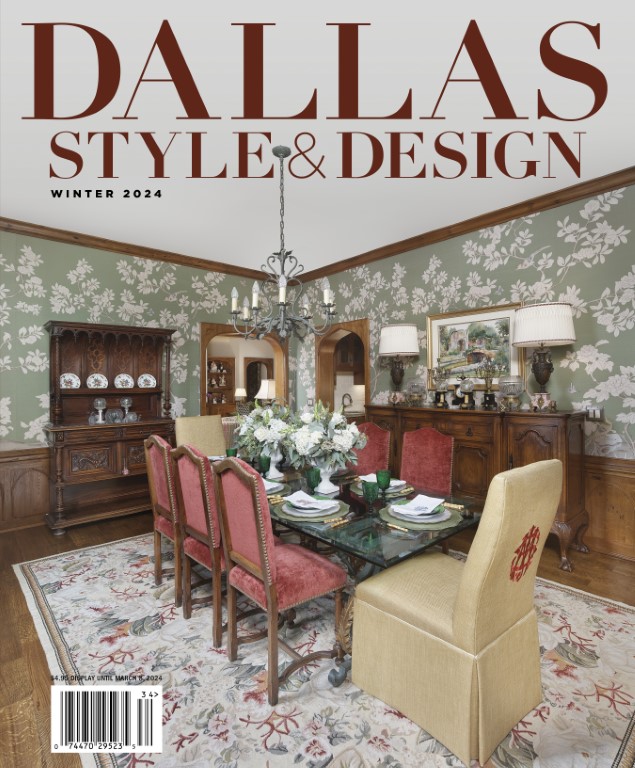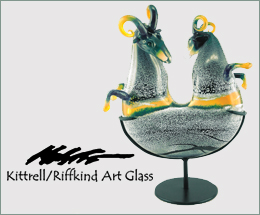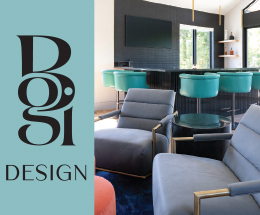There is an old saying, “When the going gets tough, the tough get going.” This phrase could be used to describe the partnership of Eduardo Lomas and Luke Gilcrease. In 2002, each was running competing stone showrooms one block apart on Dragon Street in Dallas’ wellknown Design District. However, violence in Mexico and scarcity of stone hit both showrooms hard. The men became close friends and decided to collaborate rather than compete, each bringing with him a wealth of knowledge and expertise.
By 2005 the pair were operating a boutique factory in Torreon, Mexico. Torreon is a natural location for a factory, since it is in the center of Mexico’s marble industry. With strong family ties to Torroen, Lomas employed his brother to oversee stone production.
Operations were hampered in 2010 when their source for stone began to diminish as the the violence in Mexico increased again. “Fewer people were willing to risk their lives venturing out into the desert to quarry stone in the more remote regions,” Gilcrease says. He was kidnapped briefly while working in Mexico and says it was a life changing experience. “We all live with a measure of risk in order to be successful. But no one wants to die needlessly,” Gilcrease says.
Facing a shortage of raw stone, the two began recycling their stone remnants to create new products. “I remembered an old idea I had while working in Israel to recycle limestone into cement tile,” says Gilcrease. “We began researching the process at our factory when an employee of ours came forward and told us his father had worked for a Spanish cement tile company and had passed down the process to him. From that one craftsman a new product was reintroduced.”
Gilcrease explains that in Tel Aviv, Paris and Barcelona it is not uncommon to find cement tiles installed over a hundred years ago. Colorful encaustic cement tiles have been manufactured in Spain, Italy and France since the 1800s. “Cement tile is very durable and will give a lifetime of beauty. In fact, as they wear and develop a character, they become more beautiful over time,” Gilcrease says.
He adds: “While porcelain is more functional and virtually indestructible, once properly installed, it lacks the organic texture that cement tile embodies. Our cement tile is hydraulically pressed and becomes as durable as concrete. The very fact that it does wear and change over time is part of the natural beauty of the tile. It will never be mass produced in a large automated factory.”
Years of enduring pressure has made Presidio Tile stronger— not unlike the process it employs to make tiles. With a product offering that includes wall, floor and dimensional tile, plus encaustic tile, the company can complete any design chal- lenge and fulfill any client’s wish.
“At our core, we are a creative boutique and manufacturer,” states Gilcrease. “Many of our tiles are fired at our Dallas warehouse, and we oversee production of our Torreon facility, all from our office in the Dallas Design District.”
One would think that after enduring these challenges the partners at Presidio Tile would have a somewhat safeguarded attitude, but both men have thrown themselves into causes they believe in. Gilcrease says that Presidio Tile is dedicated to helping children around the world. “In Mexico, we support an orphanage in Torreon called Los Amigos de Samuel. Through this facility we get to help children with developmental disabilities in an area of the world that is close to our hearts. We also give to two other orphanages in Africa: International Living Streams in Kenya and Arise Africa in Zambia.”
Pressure makes a better product at Presidio Tile, and for the owners, a tough road has led to a growing business.
Rick Villa is a freelance writer and author based in Dallas. He can be reached at
rvilla19@gmail.com.















